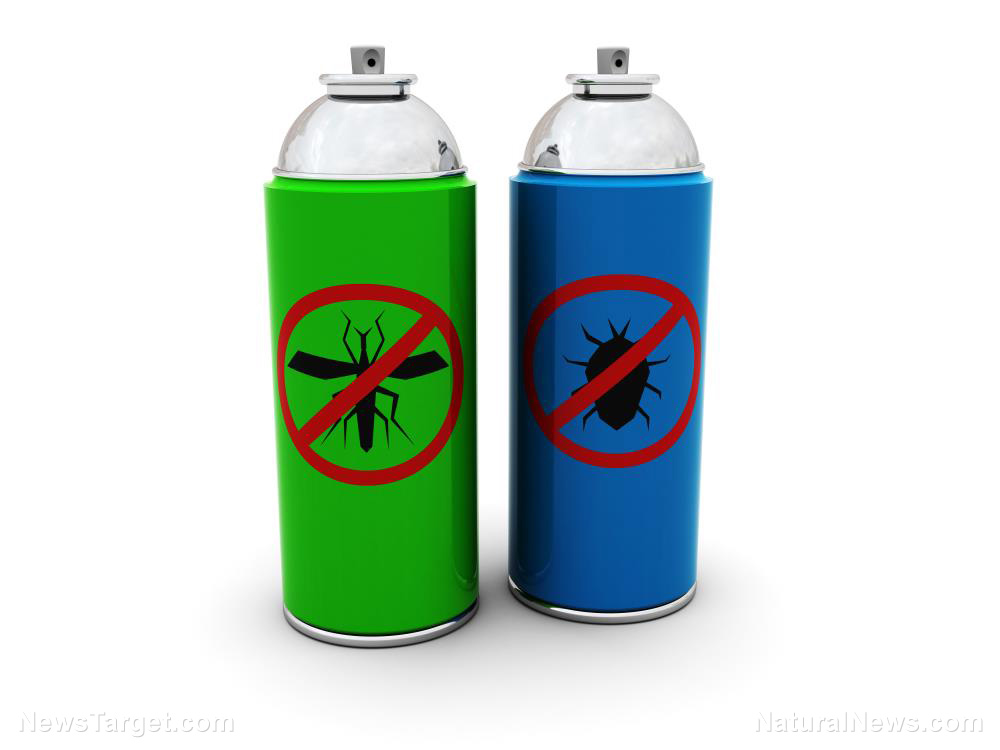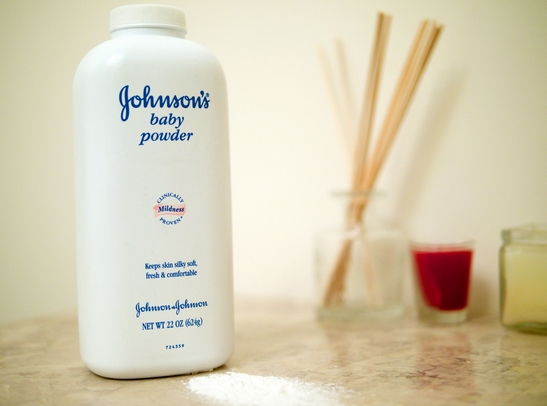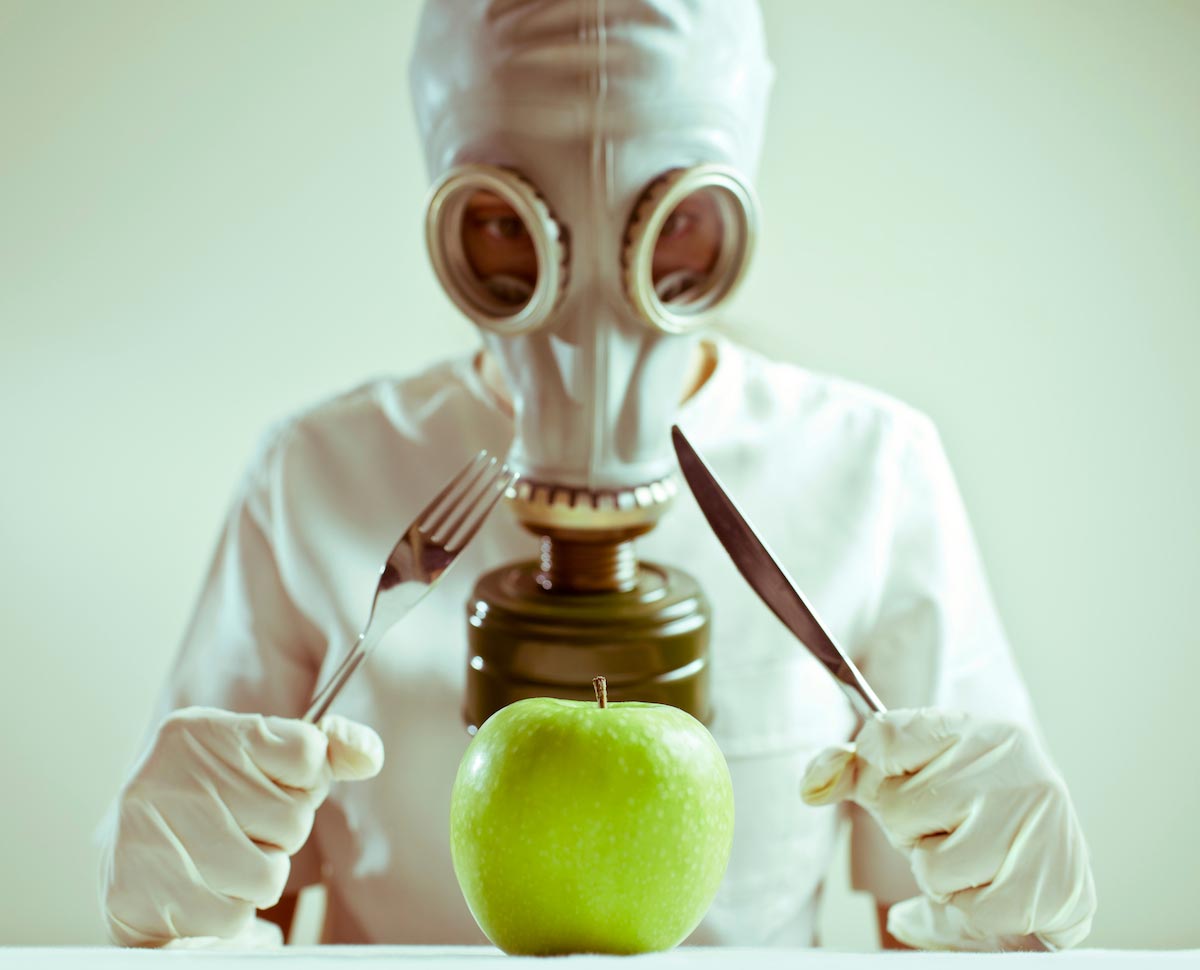Insecticide exposure can increase the likelihood of children getting cancer by 50%
02/21/2019 / By Isabelle Z.

Scientists are constantly learning more about what causes cancer, and most of us were exposed as children to some of these toxins before anyone knew they were dangerous. We can do better for the next generation, however, by spreading the word about what can cause cancer in children and limit their exposure from the beginning of their lives. One area that deserves close attention in this regard is insecticide exposure.
Studies have shown that children who are exposed to insecticides and pesticides have as much as a 50 percent greater risk of cancer than children who aren’t, and it is exposure indoors that is particularly risky.
Scientists looked at data from 16 studies carried out in places like Europe, North America, Australia and Africa to uncover the disturbing connection. They found, for example, that children who were exposed to pesticides or insecticides indoors had a 43 percent greater likelihood of developing lymphoma and a 47 percent greater likelihood of leukemia. Because they are smaller and their systems are still developing, the impact of these chemicals is greater than it is in adults. They are not always able to break down or excrete certain chemicals the way adult bodies can.
While we normally associate these chemicals with agricultural workers, some of the most damaging exposure is coming from the insecticides that are sprayed around people’s homes for pest control. Children can breathe them in or ingest them if they happen to get them on their hands before eating or place their hands in their mouths. The fact that there isn’t much air circulation indoors means these chemicals aren’t diluted by air, so children are getting a stronger dose than when they are used outdoors.
That is why the Environmental Protection Agency warns people not to overuse insecticides and pesticides around their home and to keep children, toys and pets away from the areas that have been sprayed for as long as possible.
Another method of exposure is when children live with adults who carry out farming work and bring the pesticides or herbicides they are exposed to on the job into their homes. Children younger than 12 are at particular risk, experts say. In addition to lymphoma and leukemia, researchers believe exposure to these chemicals earlier in life could be behind the rise in cancers like prostate and bladder cancer that we’re seeing now.
Natural pest control
You might not enjoy the prospect of finding a cockroach scurrying around your kitchen or a late-night encounter with a rat in your bedroom, but the idea of putting your children at a significantly higher risk of cancer is far worse. It only makes sense that a spray designed to kill insects can’t be good for humans. That’s why finding natural pest control solutions is essential.
There are lots of effective remedies depending on which type of pest you’re trying to address. The National Resources Defense Council recommends that you seal your home to prevent pests from entering, repairing any tears in window and door screens and sealing cracks in bathrooms and kitchens using silicone caulk. Plug any openings that are bigger than ¼ inch wide. Make sure you don’t have any places that invite insect infestations, like rotting wood or stacks of old newspapers.
Essential oils can work well for some insects, with a mixture of citrus oil and cayenne pepper being effective on ants and eucalyptus oil working well to keep bees, wasps, and flies away. Citronella and lemon eucalyptus are effective against mosquitoes, while peppermint deters spiders. A mix of vinegar and water sprayed near entry points can also be used to keep spiders at bay.
We might not be able to escape all the toxins in our environment, but avoiding insecticides and pesticides within your home is something that is easily under your control and could help reduce your family’s cancer risk.
Sources for this article include:
Tagged Under: cancer, Chemical exposure, chemicals, child health, children, dangerous chemicals, Ecology, environ, exposure, insecticides, leukemia, lymphoma, natural pest control, remedies, toxic chemicals



















